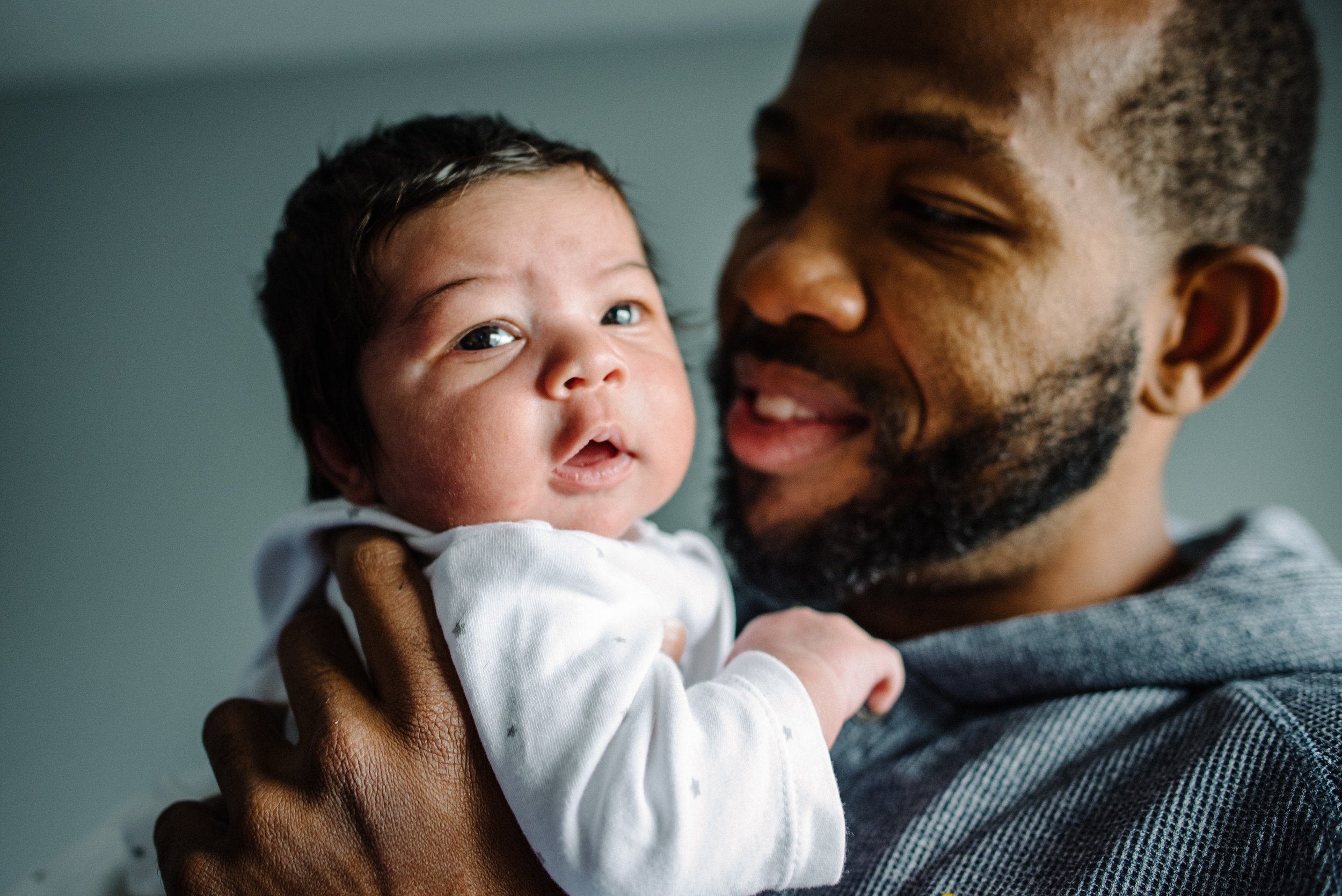Eight Ways to Have a Lovely Postpartum Recovery
Social media promotes and popularizes a quick ‘bouncing back’ into life after having a baby. As a midwife, however, I’ve seen the wonderful and far-reaching benefits of slowing down after your birth for a few weeks of physical and emotion restoration. The postpartum window is a precious and critical time for mother and baby to recover and settle in, and it helps the entire family to adapt to your new little family member too.
Here are eight starting points that help protect your postpartum period.
1. Expect your newborn to have their days and nights mixed up for a few weeks. This means you will likely be up a lot of the night in the beginning; the best sleep new moms get is often about 4am -9 am. This is why ‘sleep when your baby sleeps’ is such life-saving advice - those daytime catnaps are what see you through in the beginning!
2. Line up help. Many times first time parents expect to do it all themselves, not realizing how overwhelming caring for a new infant can be. Especially on much less sleep! Is there a relative or friend to help back up both of you, not to hold the baby but to fold laundry and do the dishes? A postpartum doula can also be a great help if there’s room in your budget.
3. Remember that most cultures around the world have some sort of a “lying-in period,” typically lasting 30–60 days or more. A healthy postpartum recovery is now opposite of the most common expectations. Resting in bed, enjoying some low-key time just admiring your baby, limiting visitors who linger (or whom you’re uncomfortable being up close while you’re working on breastfeeding), and taking frequent naps are all healthy, helpful, and speed recovery overall.
4. Aim for a week in bed, a second week on the bed, and a third week near the bed. Matter-of-factly inform your extended family that you’ve been encouraged to stay in bed for a while after the birth and that it’s not being “lazy!” This helps to naturally limit stairs (and aid perineal floor recovery) in the early recovery period too. Dads and relatives often pitch in more enthusiastically during this postpartum period when they understand that taking time to properly recover actually means you’ll feel stronger sooner, and helps to minimize infections, relapses and breastfeeding problems (saving money as well as misery).
5. Protect the healing of your placenta site by having respect for a true six-week recovery postpartum window , which helps to minimize PP bleeding and maximize a complete recovery. Placentas are usually about 8-10” wide, which is the size of the open capillary bed at the time of birth where it attaches to the inside of your uterus. This site which is healing and returning to a non-pregnant state is the source of postpartum bleeding. After the baby comes out at birth, your uterus is immediately contracts much smaller, to about the size of a large grapefruit; it then continues to shrink back to normal, roughly pear-sized, by around 6-8 weeks. Midwives recommend resting a lot in the first weeks to help your pelvic floor tighten back up to properly hold your guts up, otherwise between your legs gets that uncomfortable ‘heavy’ feeling when you’re on your feet too much in the early days. Then move back into normal responsibilities slowly and with awareness. If your bleeding picks up again or gets brighter red after slowing and turning darker, it may be a sign your activity level was too much, too soon. Often, this happens when moms do more stairs, are up with a lot of visitors, or carried the laundry or carseat too soon. Which brings me to….
6. Don’t carry anything heavier than your baby for the first six weeks. This protects the healing of your pelvic floor, and everything ‘going back’ where it belongs. Among my clients following this advice, it’s been extremely rare to have prolapses, extended bleeding, and even postpartum depression. This includes no vacuuming (sorry-not-sorry 🤣).
7. Cherish it. If this is your first child, THIS first postpartum is unique even if you have more kids - a really once-in-a-lifetime shot. Should you have another baby, there won’t be this oasis of time available to adjust and bond — next time you’ll have a needy toddler or preschooler running about! Sheila Kitzinger coined the term “baby moon” as an analogy comparing the postpartum period with a honeymoon. Both represent a retreat from everyday life where we treasure privacy, seclusion, being served special foods, bonding with a little less clothes on😁, and protection from distractions while bonding and exploring a new level of relationship.
8. Explore how to maximize your maternity leave. Many of my clients initially expect very limited maternity leave, either from financial constraints or the demands of their job. But when the value of recovery and bonding time is normalized and encouraged, I’ve found that many families are relieved. It’s amazing the creative solutions they find to protect or extend mom’s postpartum time with her newborn, including negotiating and problem-solve at work for additional accommodation that initially seemed impossible. In the US you can check with your human resources department to see how the Family Medical Leave Act might support your paid time off; in companies with 50+ employees, you should be able to apply for 12 weeks of maternity leave and still return to your old job or its equivalent.
The benefits of taking at least a few weeks to step back mean that your baby also has more of what they need -
More skin-to-skin cuddling to boost their microbiome and bonding
Less exposure to germs out in the world which protect their early health, and
Fewer outings, which seem to safeguard their ideal weight gain.
Protecting the time to rest and bond helps all members of the family, and can be done in so many ways
Planning ahead
Accepting offers of help or
Hiring a postpartum doula.
Some families have a potluck baby shower and ask everyone to make a double recipe, bringing one dish to pass and another to freeze.
It' helps to consider ahead of time how mom will avoid stairs in the first week if there is no bathroom on the same level as her usual bedroom, getting in daytime naps, childcare for older sibling(s), and how her partner/co-parent will also be getting extra rest.
Harriette Hartigan, one of the first ever birth photographers and onetime midwife once said, “Birth lasts a day or two, but parenting is forever!” By preparing and then slowing down, the first weeks of postpartum help launch families into a much smoother, healthier, and happier parenting experience. 🫶




